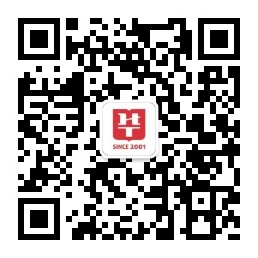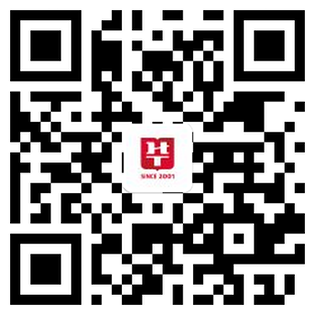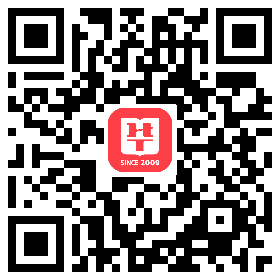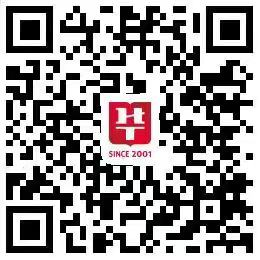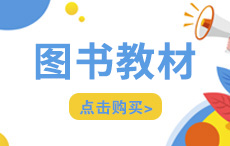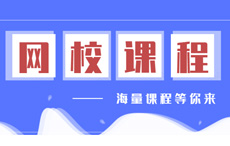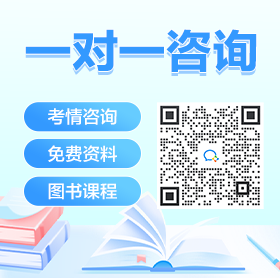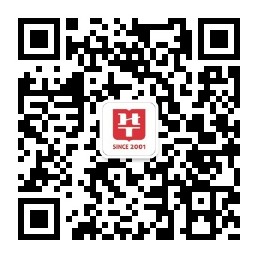Passage Six
It used to be so straightforward. A team of researchers working together in the laboratory would submit the results of their research to a journal. A journal editor would then remove the authors’ names and affiliations from the paper and send it to their peers for review. Depending on the comments received, the editor would accept the paper for publication or decline it. Copyright rested with the journal publisher, and researchers seeking knowledge of the results would have to subscribe to the journal.
No longer. The Internet - and pressure from funding agencies, who are questioning why commercial publishers are making money from government-funded research by restricting access to it - is making access to scientific results a reality. The Organization for Economic Co-operation and Development (OECD.was just issued a report describing the far-reaching consequences of this. The report, by John Houghton of Victoria University in Australia and Graham Vickery of the OECD, makes heavy reading for publishers who have, so far, made handsome profits. But it goes further than that. It signals a change in what has, until now, been a key element of scientific endeavor.
The value of knowledge and the return on the public investment in research depends, in part, upon wide distribution and ready access. It is big business. In America, the core scientific publishing market is estimated at between $7 billion and $11 billion. The International Association of Scientific, Technical and Medical Publishers says that there are more than 2,000 publishers worldwide specializing in these subjects. They publish more than 1.2 million articles each year in some 16,000 journals.
This is now changing. According to the OECD report, some 75% of scholarly journals are now online. Entirely new business models are emerging; three main ones were identified by the report’s authors. This is the so-called big deal, where institutional subscribers pay for access to a collection of online journal titles through site-licensing agreements. There is open-access publishing, typically supported by asking the author (or his employer. to pay for the paper to be published. Finally, there are open-access archives, where organizations such as universities or international laboratories support institutional repositories. Other models exist that are hybrids of these three, such as delayed open-access, where journals allow only subscribers to read a paper for the first six months, before making it freely available to everyone who wishes to see it. All this could change the traditional form of the peer-review process, at least for the publication of papers.
155.In the first paragraph, the author discusses
A. the background information of journal editing.
B. the publication routine of laboratory reports.
C. the relations of authors with journal publishers.
D. the traditional process of journal publication.
156.Which of the following is true of the OECD report?
A. It criticizes government-funded research.
B. It introduces an effective means of publication.
C. It upsets profit-making journal publishers.
D. It benefits scientific research considerably.
157. According to the text, online publication is significant in that
A. it provides an easier access to scientific results.
B. it brings huge profits to scientific researchers.
C. it emphasizes the crucial role of scientific knowledge.
D. it facilitates public investment in scientific research.
158.With the open-access publishing model, the author of a paper is required to
A .cover the cost of its publication.
B. subscribe to the journal publishing it.
C .allow other online journals to use it freely.
D. complete the peer-review before submission.
159.Which of the following best summarizes the main idea of the passage?
A. The Internet is posing a threat to publishers.
B. A new mode of publication is emerging.
C. Authors welcome the new channel for publication.
D. Publication is rendered easier by online service.
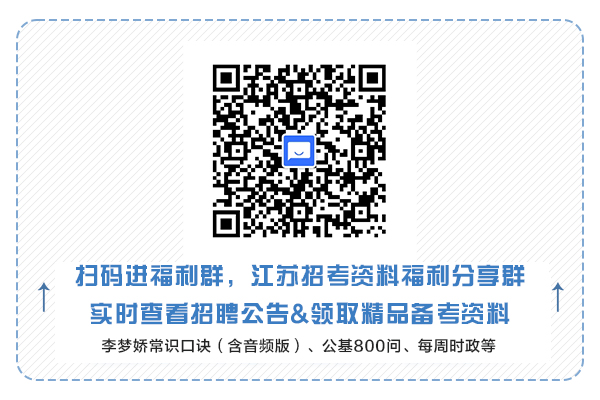
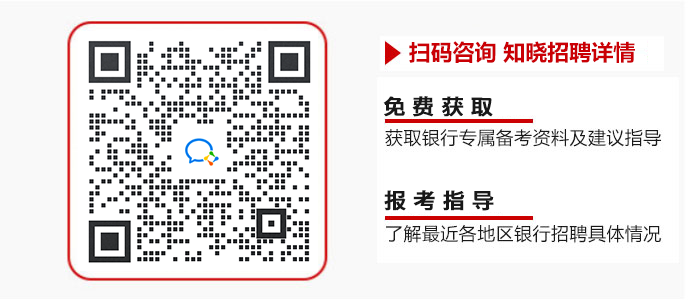
(编辑:admin)






